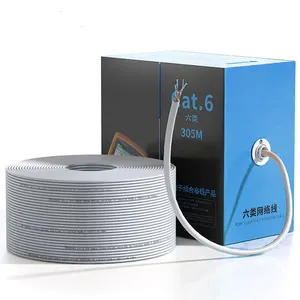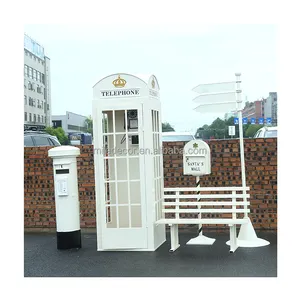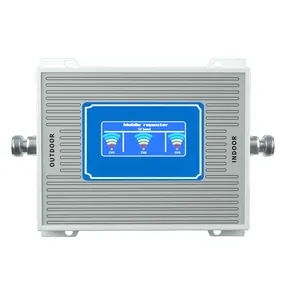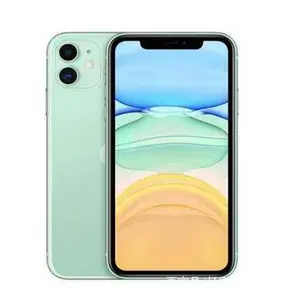Popular in your industry




























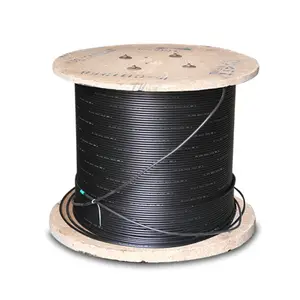
























Related Searches:









































































































































Top categories
About 24 core single mode optical fiber cable
Introduction to 24 Core Single Mode Optical Fiber Cable
The 24 core single mode optical fiber cable is a pivotal component in modern telecommunications, designed to facilitate long-distance and high-capacity data transmission. This type of cable is essential for creating the backbone of internet, cable television, and telephone systems worldwide.
Composition and Design
At the heart of a 24 core single mode optical fiber cable lies a bundle of optical fibers that are capable of transmitting data through light waves. Each fiber in the cable is incredibly thin, akin to a strand of human hair, and is designed to carry a single light mode. Encased in a protective sheath, these cables are engineered to minimize loss, ensuring that signals are transmitted efficiently over long distances.
Applications and Uses
The versatility of single mode fiber optic cables allows for a wide range of applications. They are predominantly used in telecommunications networks, internet backbone infrastructures, and in large data centers where high data transfer rates are required. Their ability to maintain signal integrity over considerable distances also makes them suitable for military and space communications.
Features and Advantages
A key feature of the 24 core single mode fiber is its high capacity for bandwidth, surpassing that of multi-mode fibers. This is due to the smaller diameter of the core, which reduces signal dispersion and allows for a more direct path of light. Additionally, these cables are less susceptible to electromagnetic interference, making them a reliable choice for secure and stable data transmission.
Materials and Construction
The construction of a single mode optical fiber cable involves high-purity glass or plastic fibers. The core is surrounded by a cladding with a lower refractive index to keep the light within the core. For added protection against environmental factors and mechanical stresses, a robust jacket material encases the entire assembly.
Choosing the Right Cable
Selecting the appropriate optical fiber cable for your project is crucial. Factors to consider include the cable's attenuation rate, bandwidth potential, and the specific environmental conditions it will be exposed to. It is important to assess the technical specifications and performance metrics to ensure compatibility with your intended application.
